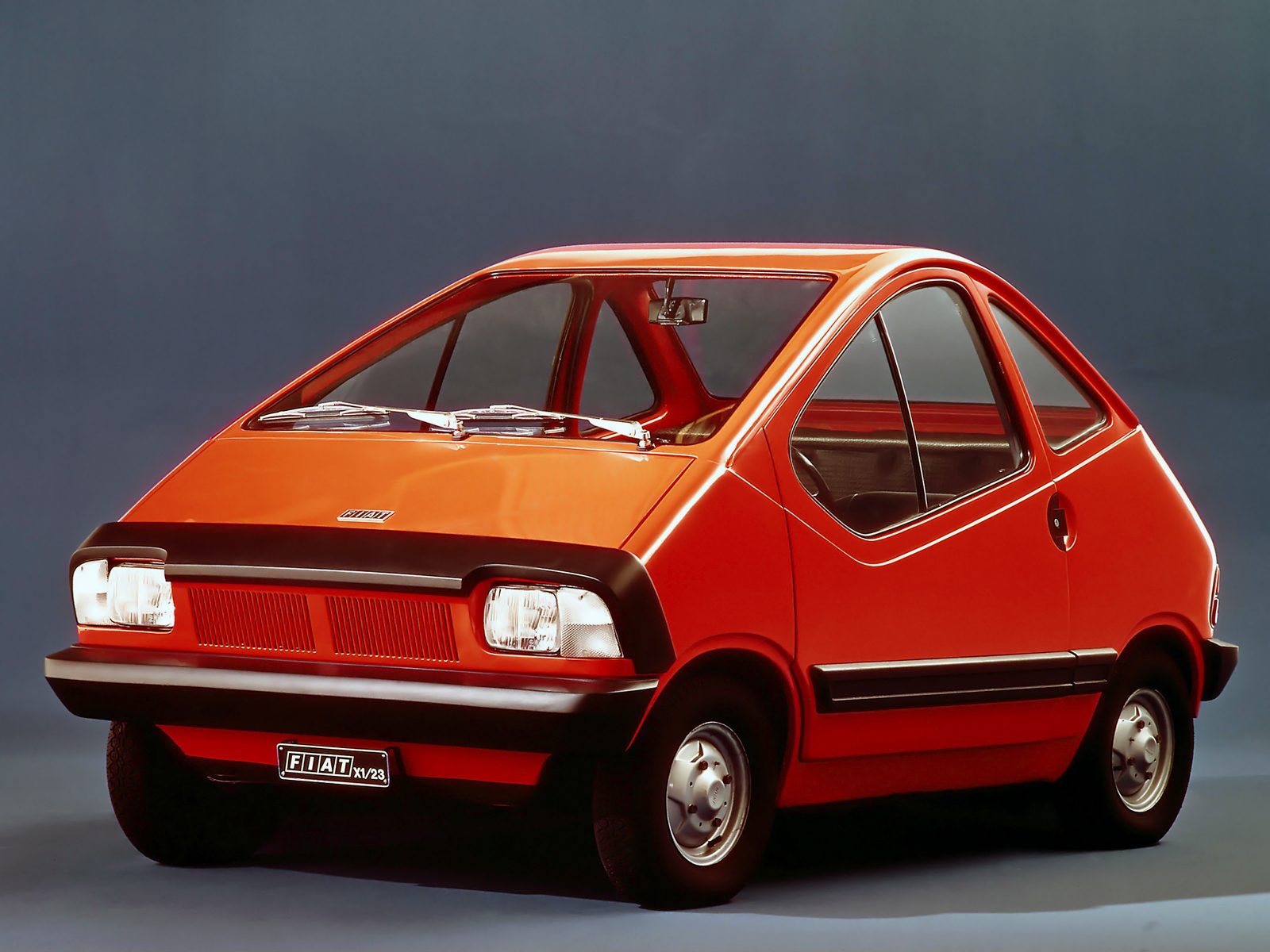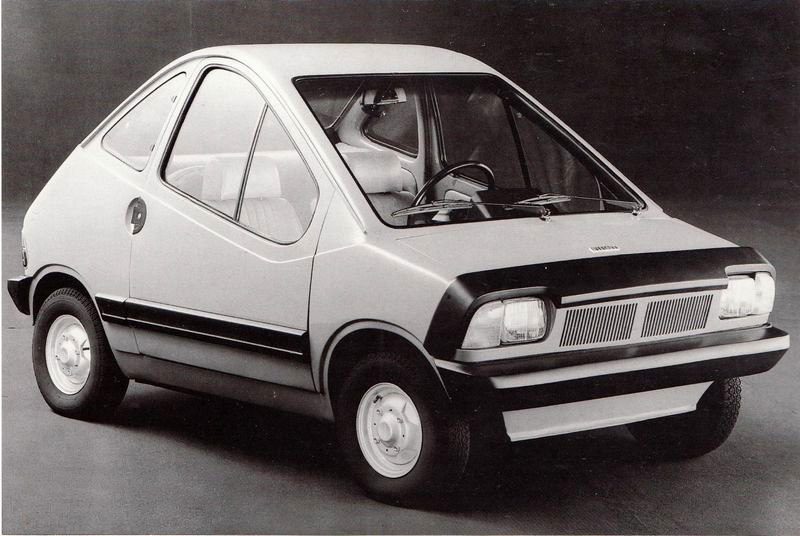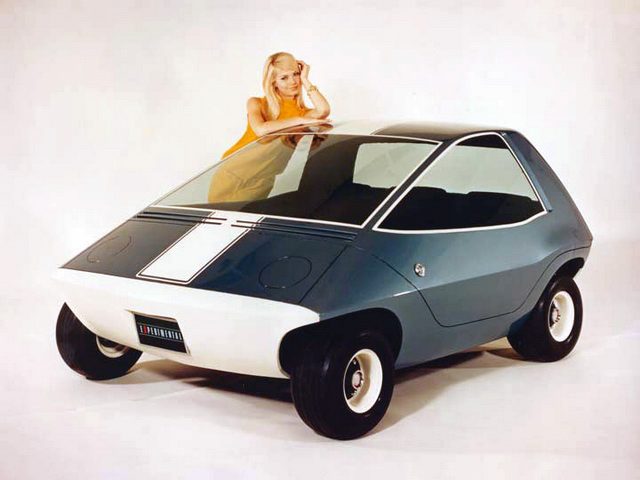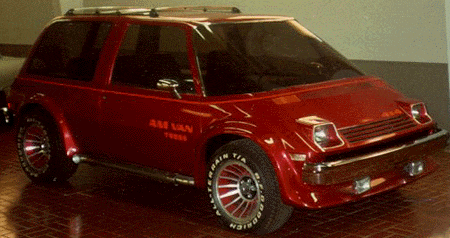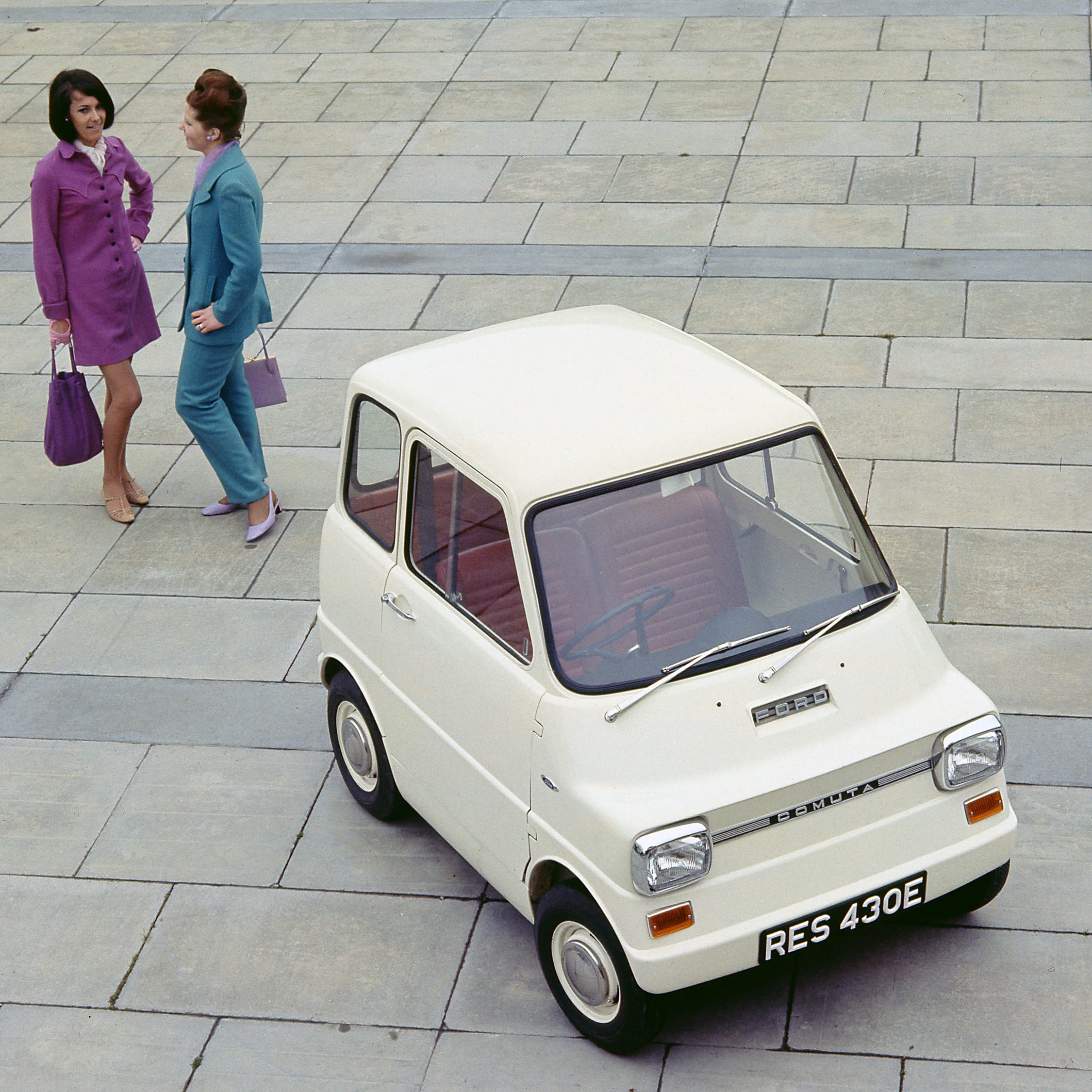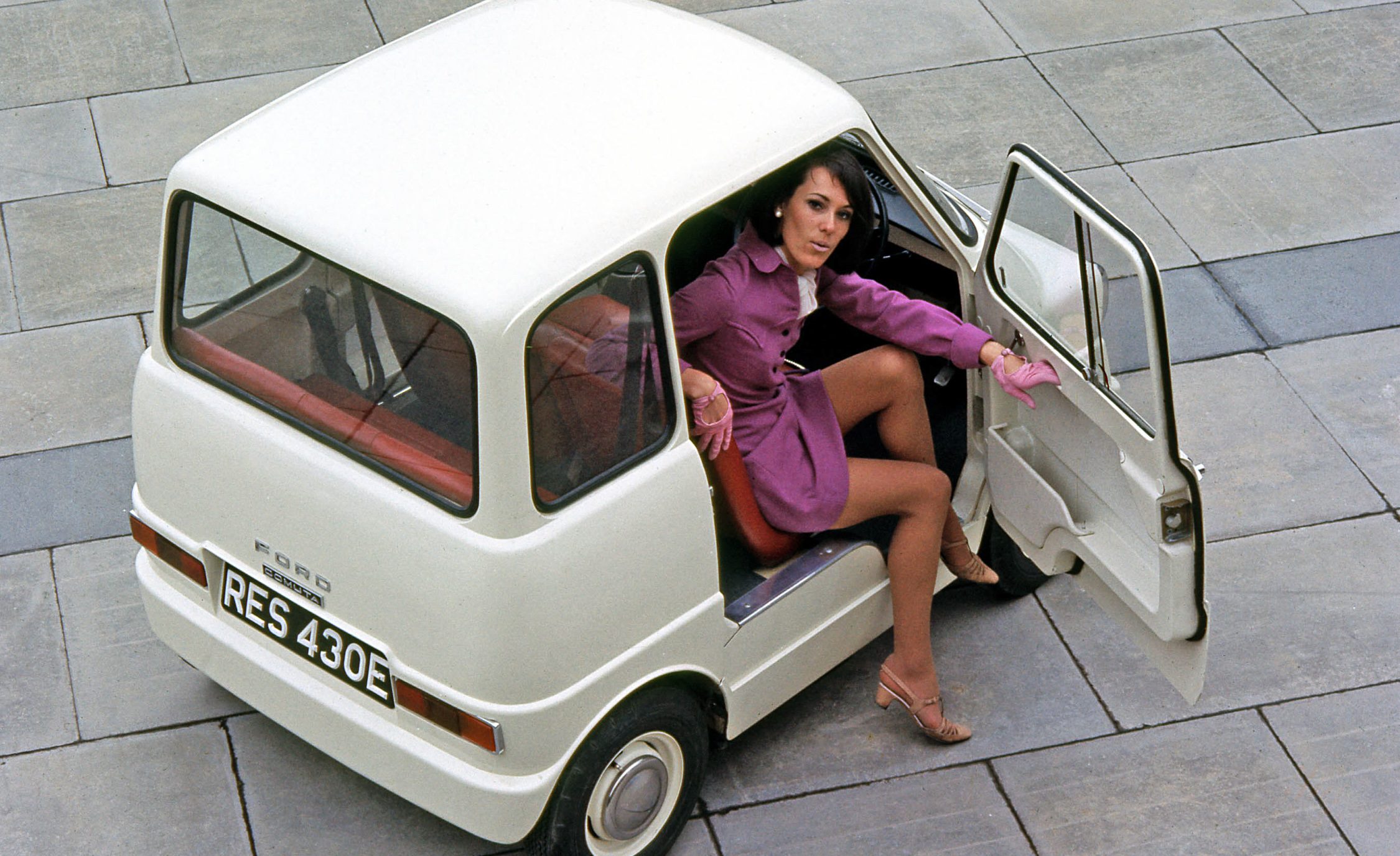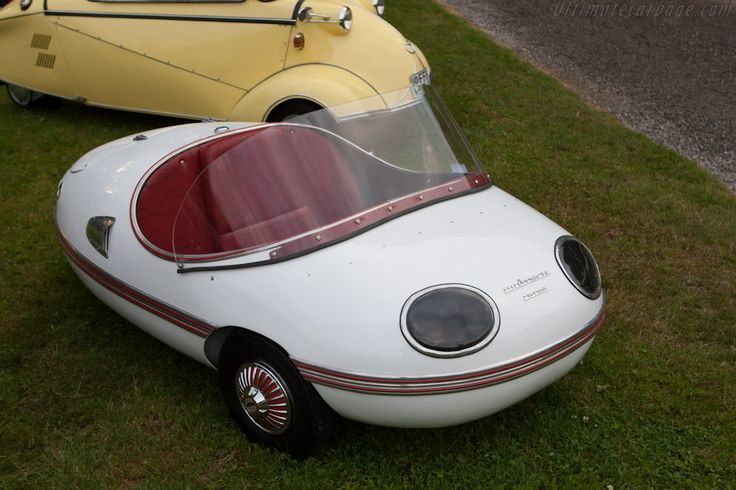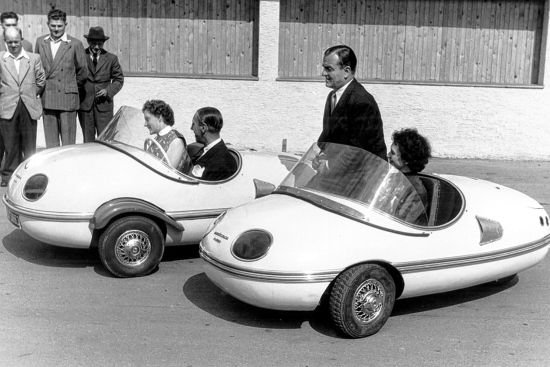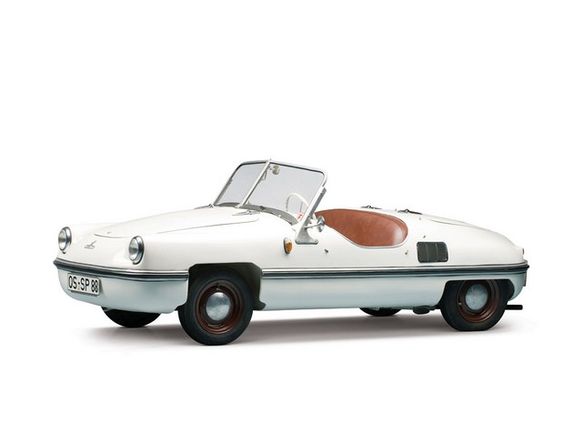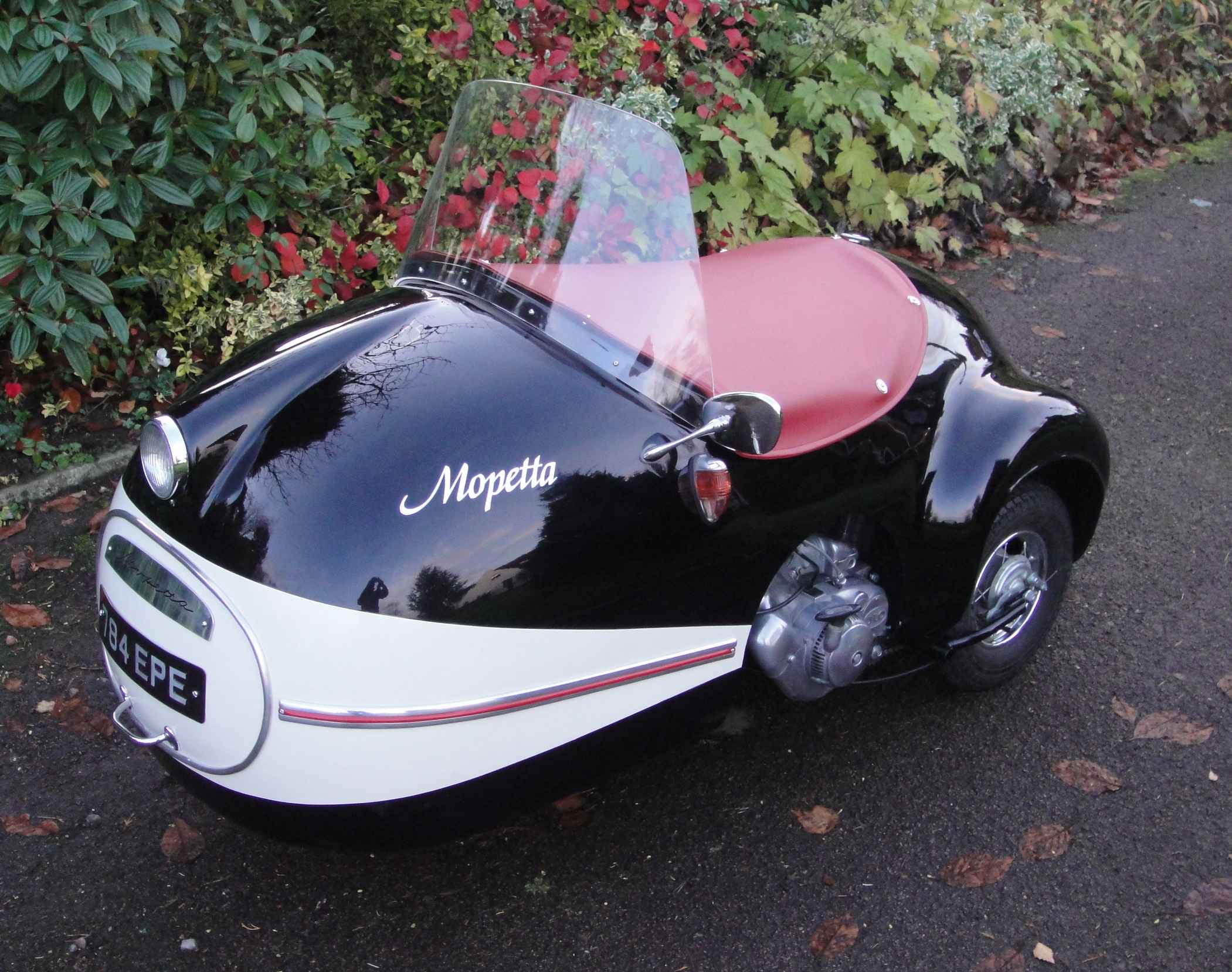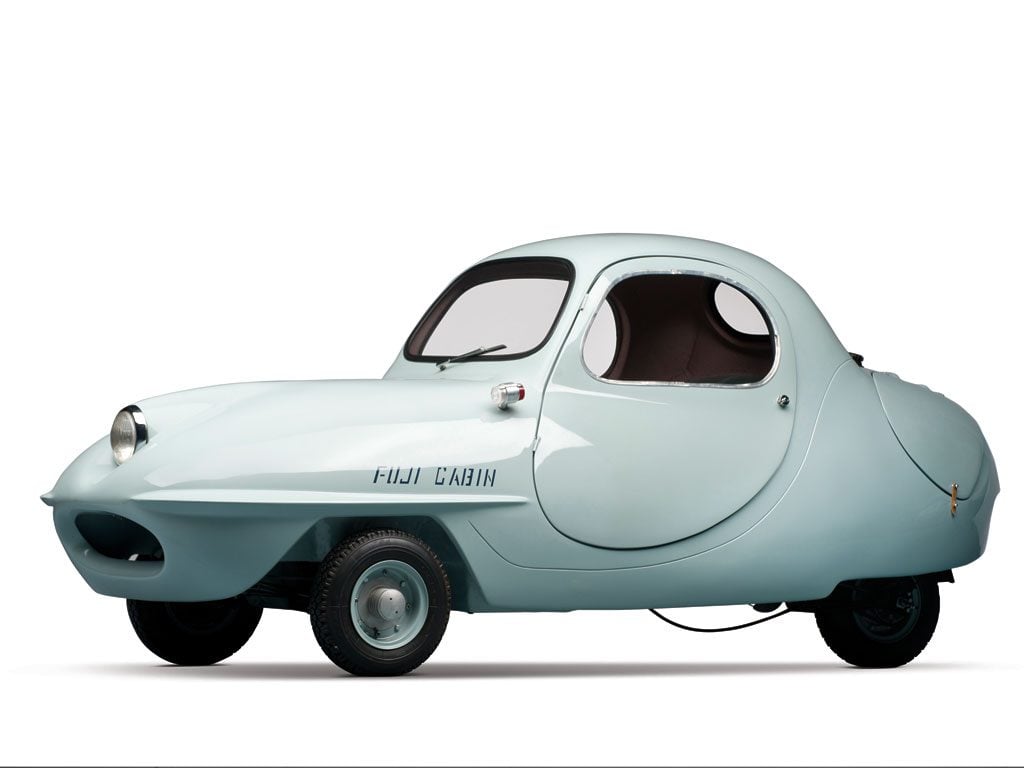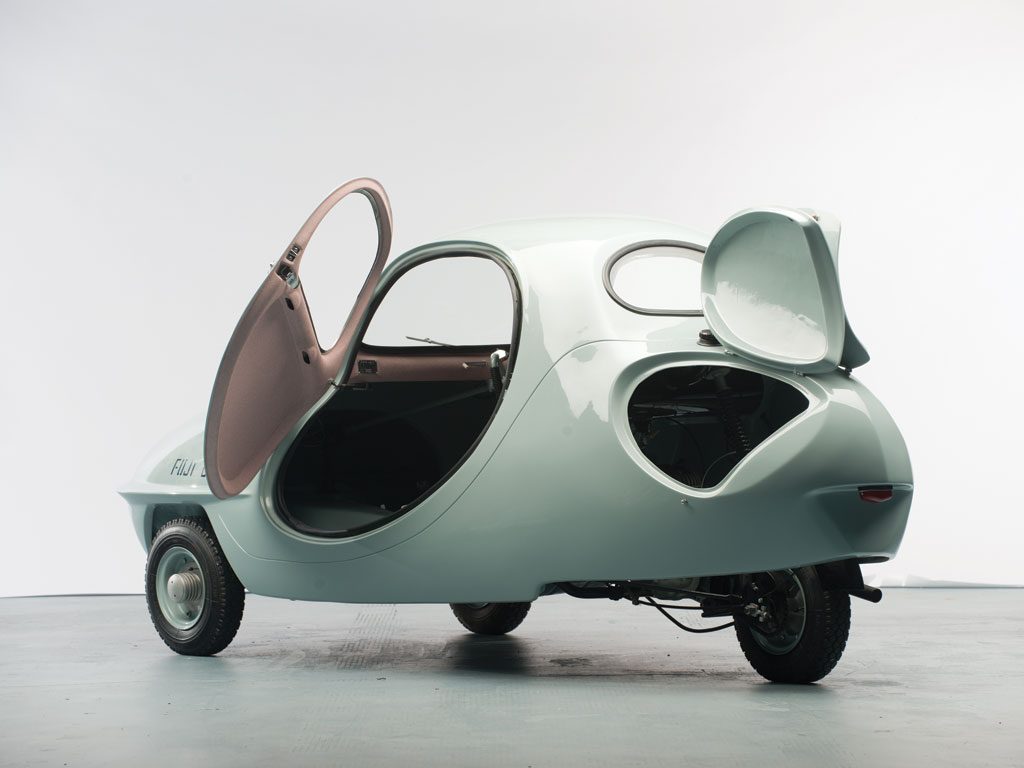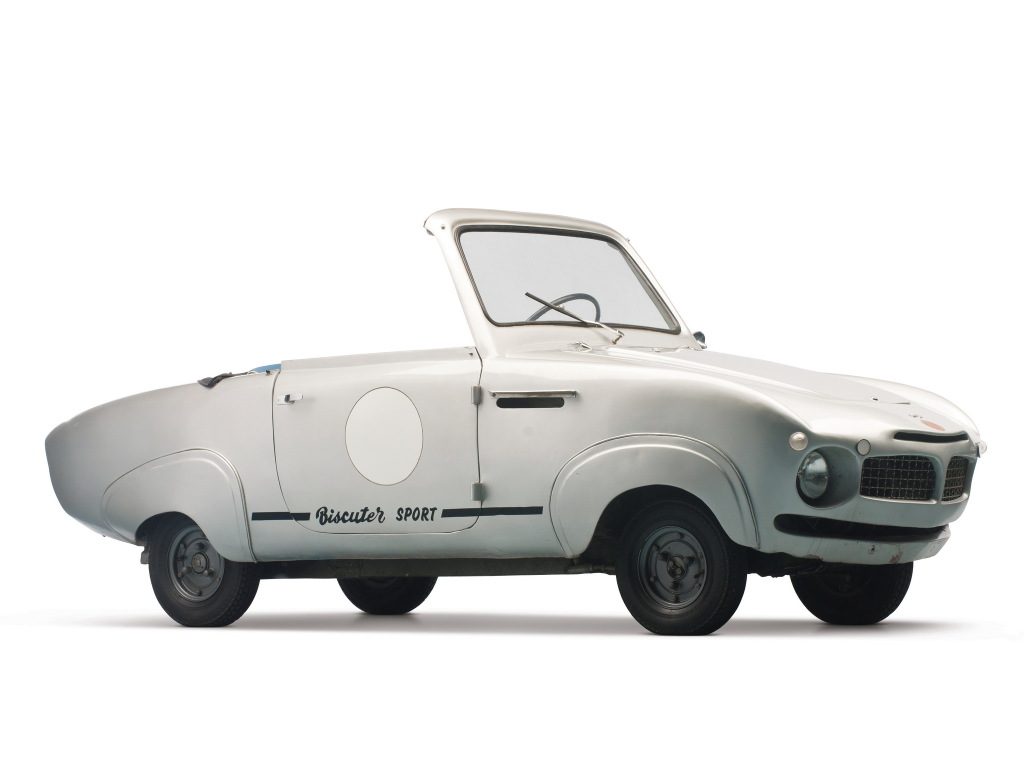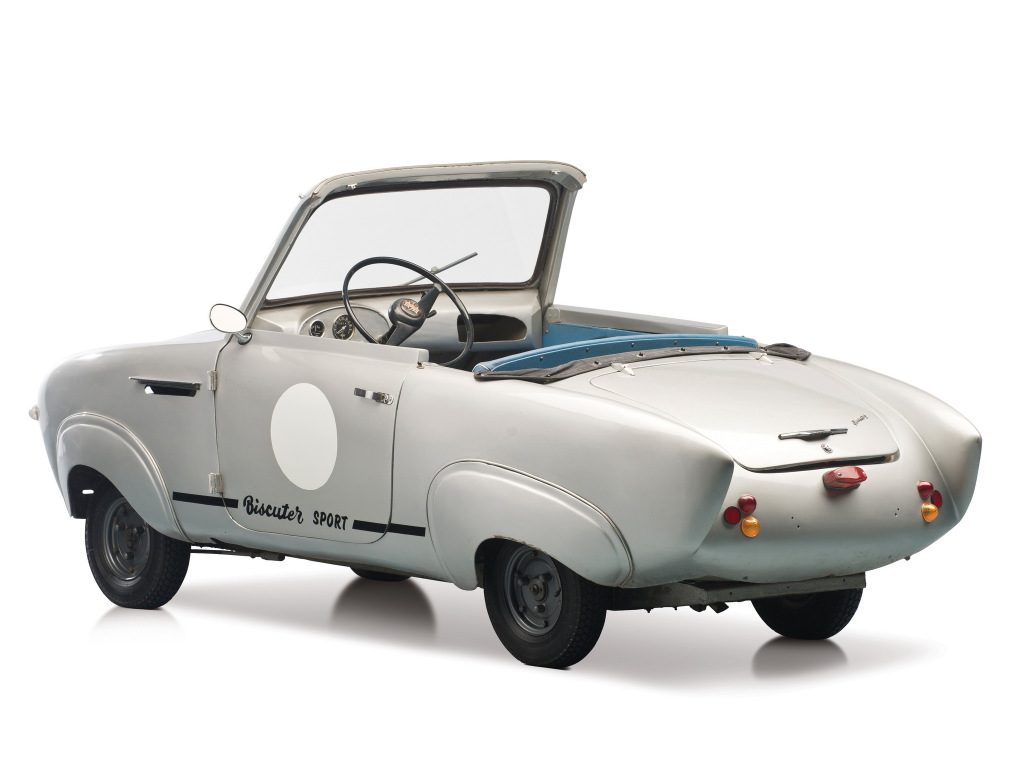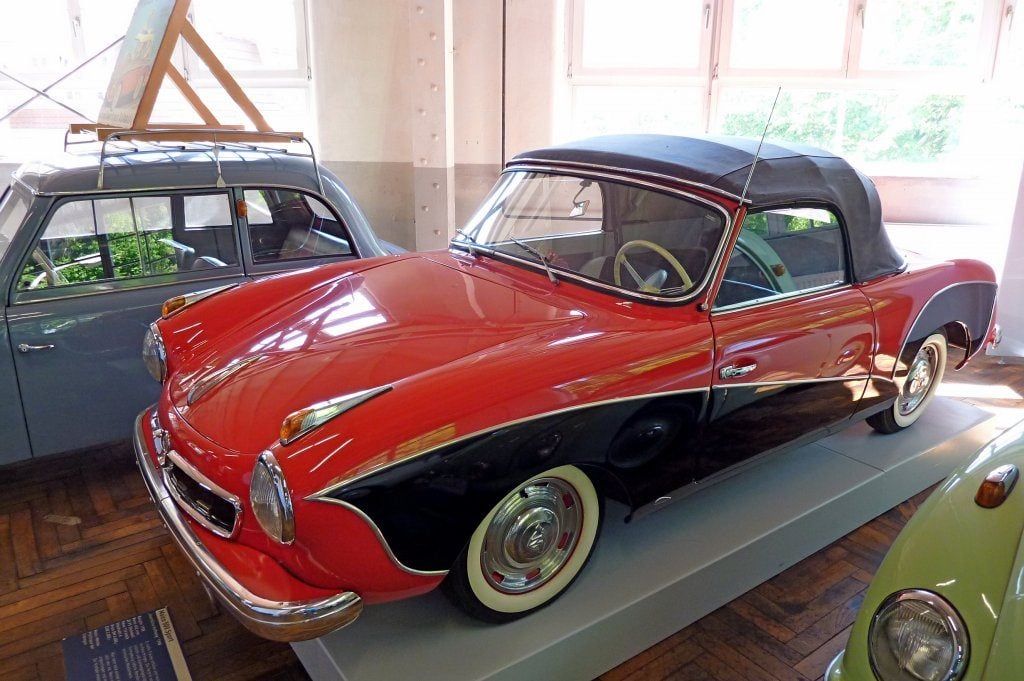- 13,288

- Seattle-ish
Crosley part 3: 1949-1953
After the CoBra engine of 1946 to 1949 proved to be unreliable, Crosley came back with a much improved engine, the 724cc CIBA (Cast Iron Block Assembly) inline-4. It was much stronger with five main bearings. It was also more powerful. The new Hot Shot sports car was a dominant force in 750cc racing for the next ten years, including winning the 1950 Sebring Six Hour endurance race. Another new model was the versatile Farm-O-Road, a tractor/jeep hybrid that could be ordered in a variety of ways and with an amazing array of optional goodies such as a snow plow, disc harrow, winch, dual rear wheels, surrey top, full top, or no top at all. Sadly, the Crosley was losing sales every year. The last car came off the production line in 1953. The CIBA engine continued on, being sold to Fageol and being used in everything from Italian sports cars to American motor boats.
At the bottom is something I just discovered, a Crosley motorcycle prototype created for the US military during WWII. It used the opposed-twin engine of the prewar Crosley, shaft drive, and a gas tank built into the rear fender.

1949 Hot Shot

1950 Farm-O-Road

1950 Pickup

1950 Sedan Delivery

1950 Super Convertible

1951 Farm-O-Road

1951 Super Convertible

1951 Super Station Wagon

1952 Hoshot Super Sports

Military motorcycle prototype
After the CoBra engine of 1946 to 1949 proved to be unreliable, Crosley came back with a much improved engine, the 724cc CIBA (Cast Iron Block Assembly) inline-4. It was much stronger with five main bearings. It was also more powerful. The new Hot Shot sports car was a dominant force in 750cc racing for the next ten years, including winning the 1950 Sebring Six Hour endurance race. Another new model was the versatile Farm-O-Road, a tractor/jeep hybrid that could be ordered in a variety of ways and with an amazing array of optional goodies such as a snow plow, disc harrow, winch, dual rear wheels, surrey top, full top, or no top at all. Sadly, the Crosley was losing sales every year. The last car came off the production line in 1953. The CIBA engine continued on, being sold to Fageol and being used in everything from Italian sports cars to American motor boats.
At the bottom is something I just discovered, a Crosley motorcycle prototype created for the US military during WWII. It used the opposed-twin engine of the prewar Crosley, shaft drive, and a gas tank built into the rear fender.

1949 Hot Shot

1950 Farm-O-Road

1950 Pickup

1950 Sedan Delivery

1950 Super Convertible

1951 Farm-O-Road

1951 Super Convertible

1951 Super Station Wagon

1952 Hoshot Super Sports

Military motorcycle prototype
Last edited:
